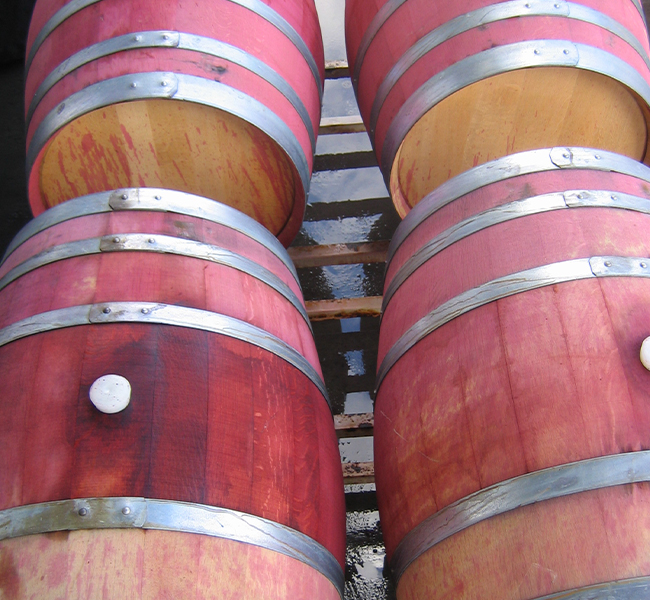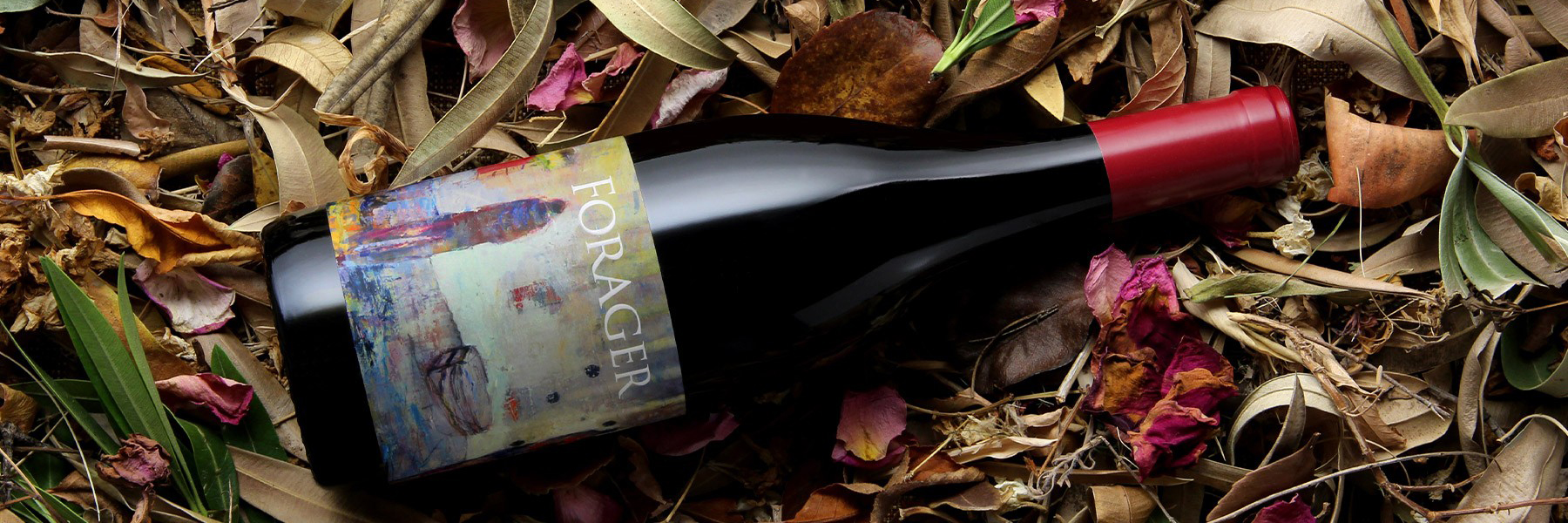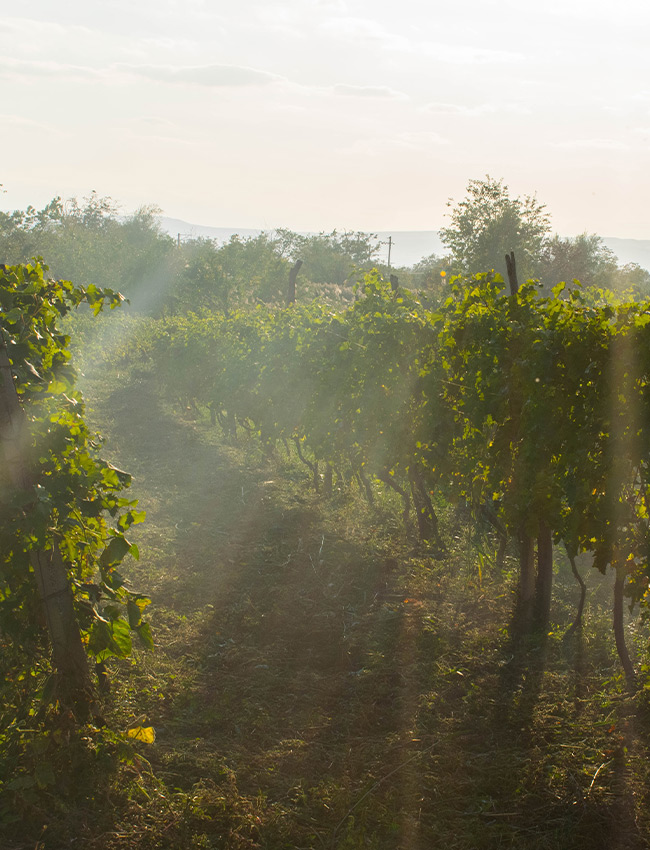Sonoma
FORAGER & Spicerack
Purchase FORAGER wines > | Purchase Spicerack wines >
For over 15 years Forager wines have been made along the Sonoma Coast. Over the years have I have leased vineyards, farmed vineyards, purchased grapes and sometimes purchased wine in barrel from the community of grower/friends here. Many friends and colleagues are growers/vintners and it’s fun to explore new sites. This chilly area specializes in Pinot Noir and Chardonnay. The vast expanses of diverse vineyards of every type offer a superb palette from which to craft each years’ release. The soils in these low yielding, wind-swept sites range from the famed “Goldridge” to shallow gravelly loams. Each site and clone provides different aromas, flavors and structure and we develop the blend from these diverse components into our Forager Pinot Noir, Chardonnay and Sauvignon Blanc.
I draw from warmer Sonoma County vineyards for Spicerack Syrah. Syrah loves warm days and nights as the warmth helps develop the complexity of flavors and textures Syrah is famous for. Most are older vines, managed on a sustainable drip irrigation system, eking out just a few drops to keep the vines healthy.

Can you smell the heady Pinot Noir aromas?

History
Fur trappers in 1812 are credited with planting the first vineyards in Sonoma but it took a decade more for missionaries to plant larger vineyards for sacramental wine. It was only after this that the region began to explore the best sites. Hungarian Haraszthy is credited with building Sonoma’s first winery in 1861. Devastated by phylloxera in the late 1800’s it then took another 40 years for Sonoma to see 200 wineries. Today Sonoma County has about 60,000 acres under vine. For comparison, Burgundy has about 75,000 acres.

Sunlight streaming through the fog
Soils & Climate
It is easy to see why vineyards came to Sonoma; ample acreage with excellent soils, plentiful winter precipitation, diverse microclimates, and ubiquitous blue skies produced fine wine grapes almost every year.
Sonoma topography is varied and ranges from gently rolling hills with fertile soils on its eastern side to steep slopes with rocky outcroppings out toward the coast. Each give serious vintners a plethora of choices to make terroir driven wines.
Sonoma’s climate is about as diverse as one can find in North America. It is significantly impacted by the massive and very cold Pacific Ocean to its west. Foggy, damp mornings and cold days typify the weather near the coast and yet blazing hot and sunny days are regularly seen across eastern Sonoma. As such, cooler climate grapes such as Pinot Noir and Chardonnay can thrive close to the coast. This is where I make my Forager wines.
Warmer varieties such as Cabernet and Syrah shine in Sonoma’s more inland valleys. Not surprisingly I make Spicerack Syrah from these areas, notably the sub AVA of Alexander Valley.